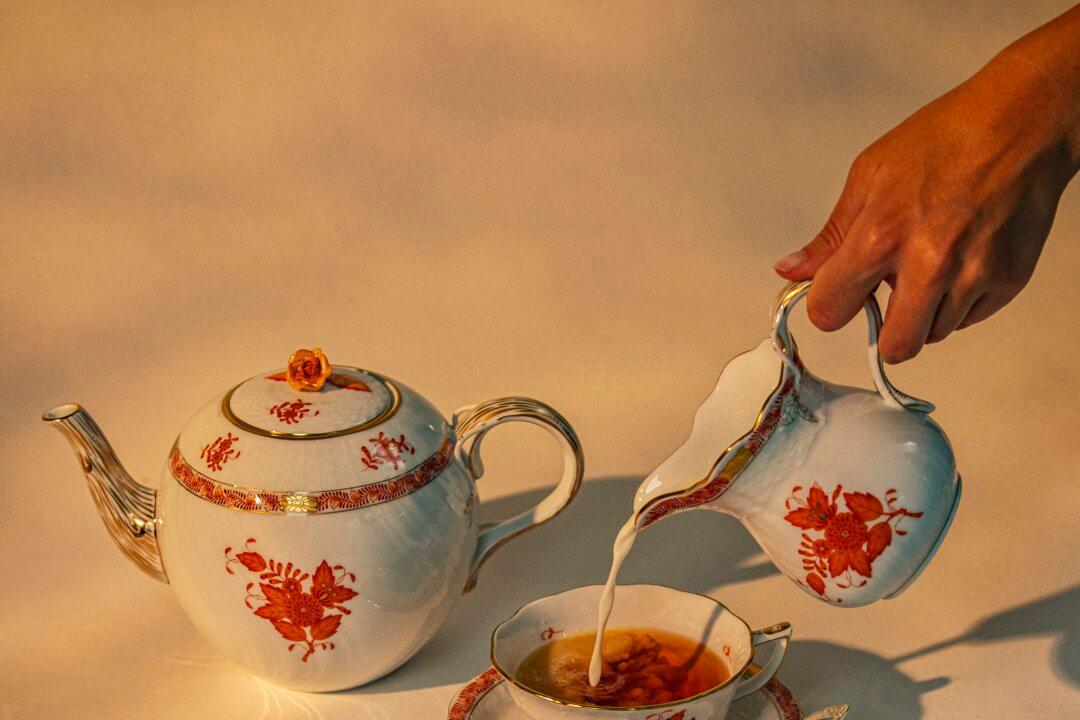Tea is always there to comfort us, whether we’re feeling under the weather, needing a jolt of energy in the morning, or commiserating over a cuppa with friends. But as Americans, we haven’t quite adopted the appreciation for tea that other countries have long harbored.
Harney and Sons has been passing on its knowledge of tea—in all its wondrous forms, from different tea-drinking cultures around the world—to Americans at large, through the company’s 300-plus varieties of teas and tea blends, packaged in the iconic tin cans that many tea lovers have come to know. Vice president Mike Harney explained why tea is worth a deeper look: “It has an amazing heritage. It tastes great. Rumor has it, it’s good for you.”






